Naoya Hatakeyama
Rikuzentakata
2011–2013
Naoya Hatakeyama’s series Rikuzentakata (2011) documents the devastating aftermath of the 2011 Tohoku earthquake and tsunami in Japan. Throughout the series of sixty C-prints (five of which are included in the Kadist Art Foundation’s collection), Hatakeyama’s photographs depict scenes of torn landscapes and leveled homes, demolished villages and massive piles of detritus pummeled beyond recognition. The images serve as records of disaster, seemingly driven by an intense need to bear witness to collective trauma. Hatakeyama’s photographs, however, emerged from a painful and personal grief: the series focuses on the near-destruction of the artist’s hometown, an event which resulted in both his mother’s death and the deaths of many friends and neighbors. Rikuzentakata bears the ethical weight and responsibility of photojournalism even as its genesis comes out of a deeply felt loss and the ambiguity of survivor’s guilt. But for every desolate landscape on view in Rikuzentakata, Hatakeyama also offers glimpses of possible regeneration and hope: in 2013.10.20 Kesen-cho (2013), a forest of evergreen trees suggests the possibility for new growth amongst an overturned and muddied hillside, while a faint rainbow streaking across the sky in 2012.3.24 Kesen-cho (2013) offers a familiar but poetic gesture towards a better future. Hatakeyama suggests that what’s lost can never be fully recovered, but that with time, those wounds can slowly heal and life can begin again.
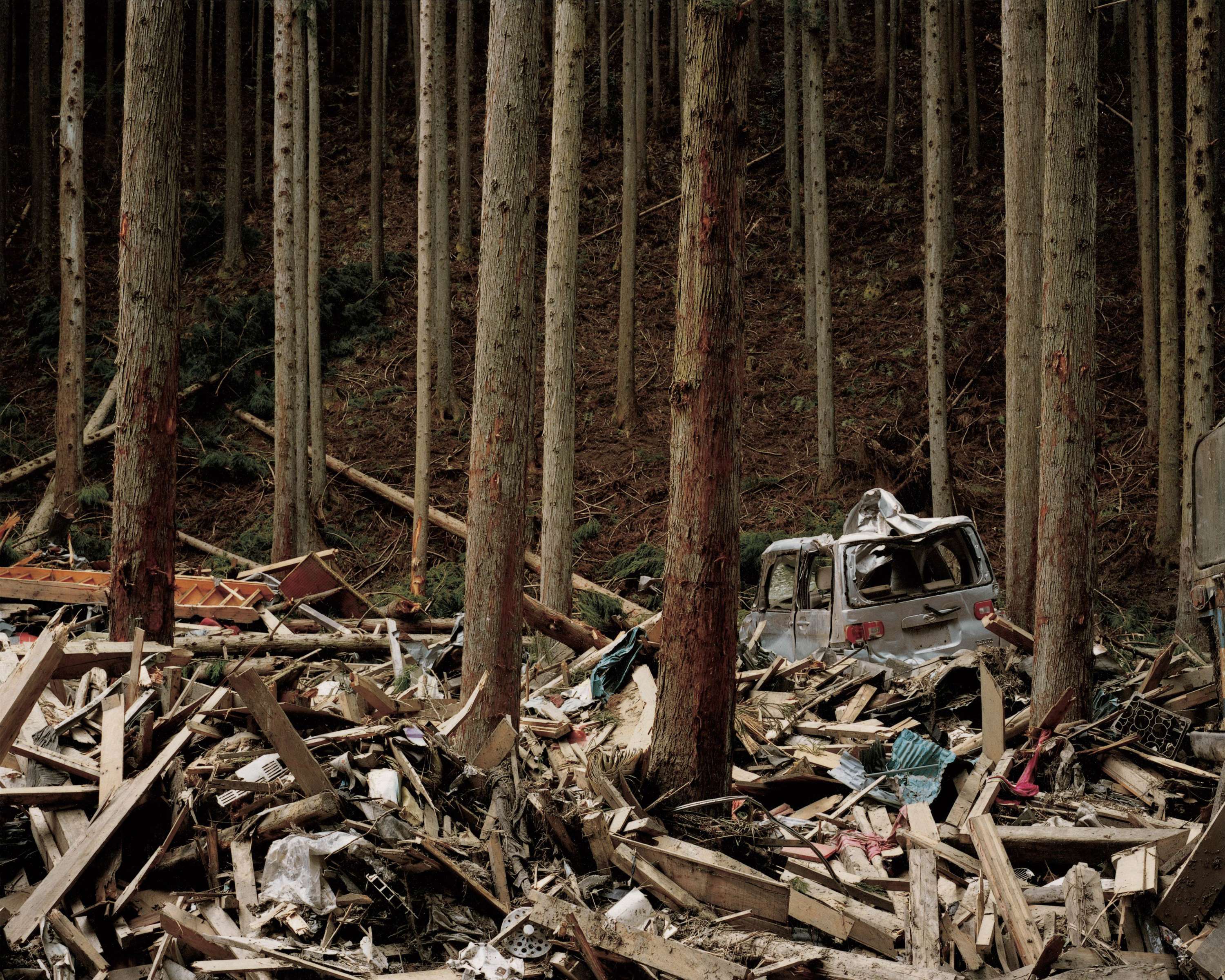
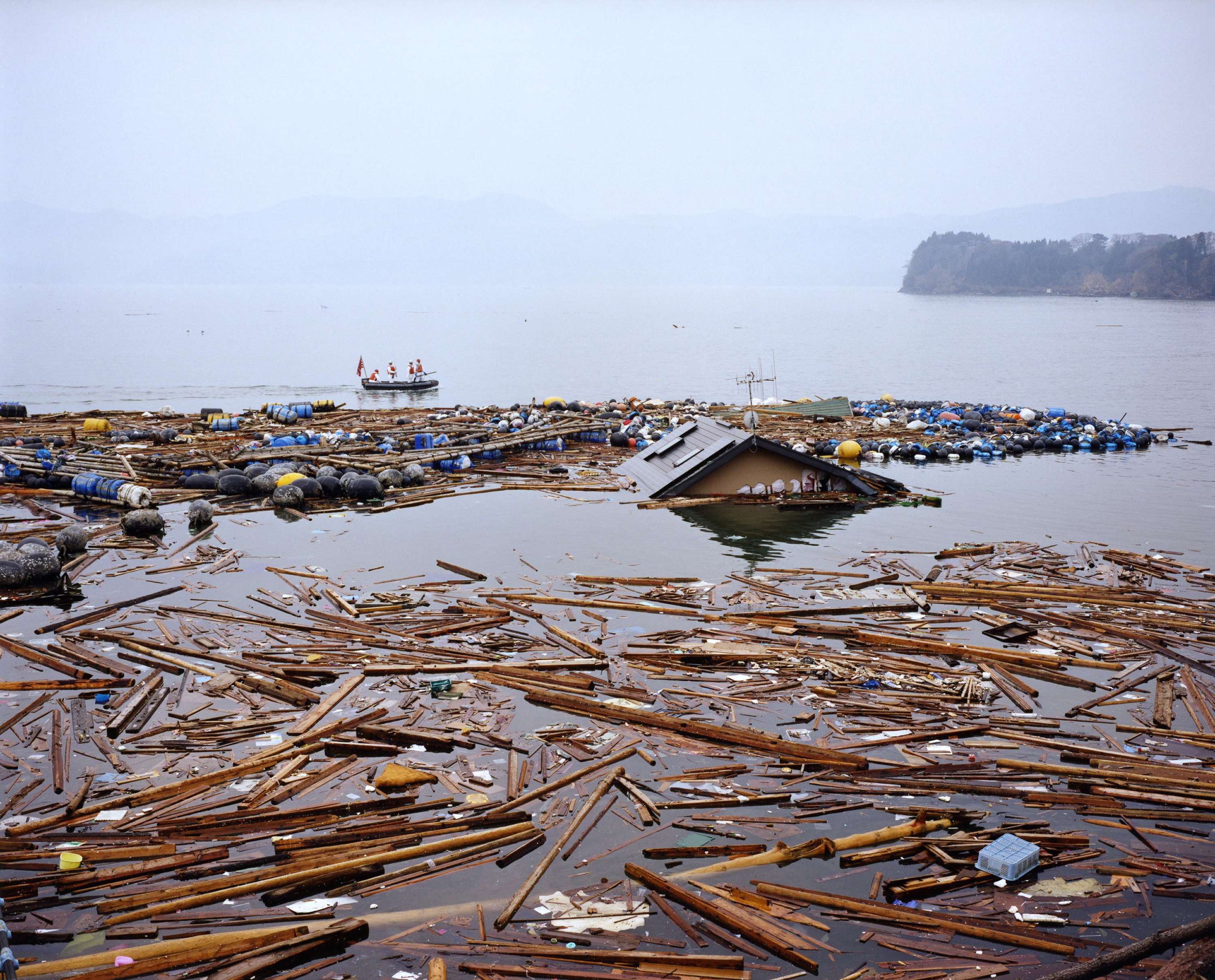
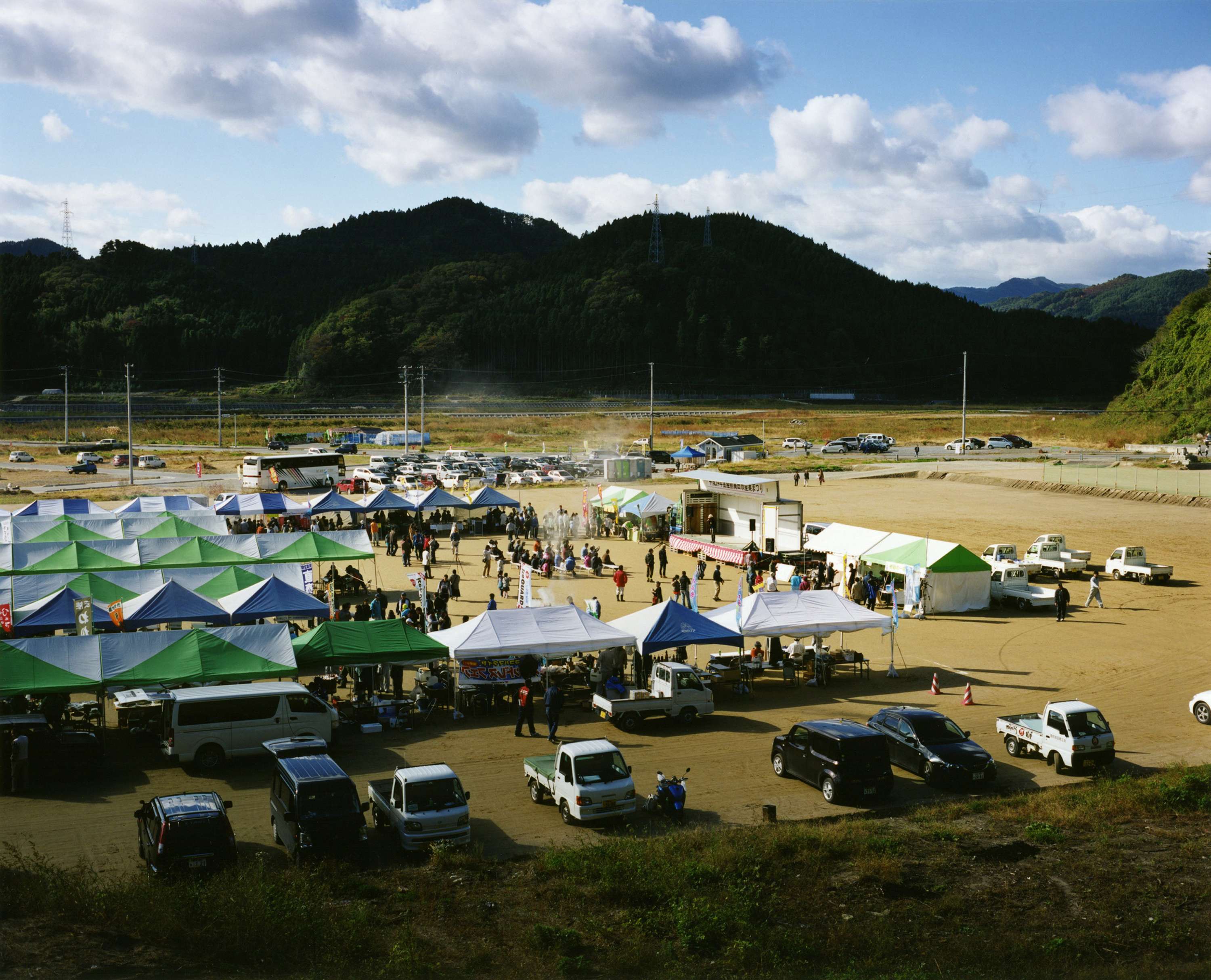
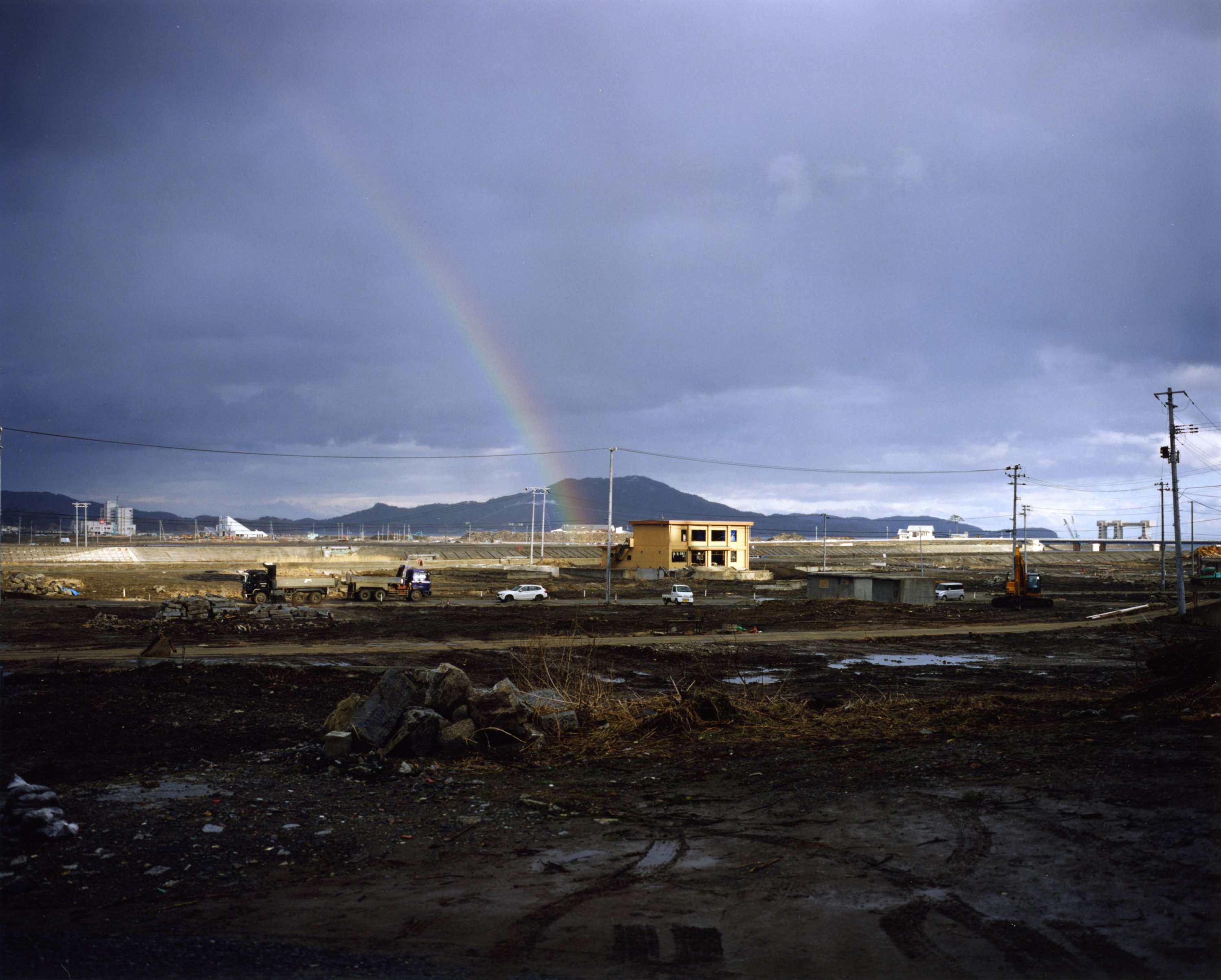
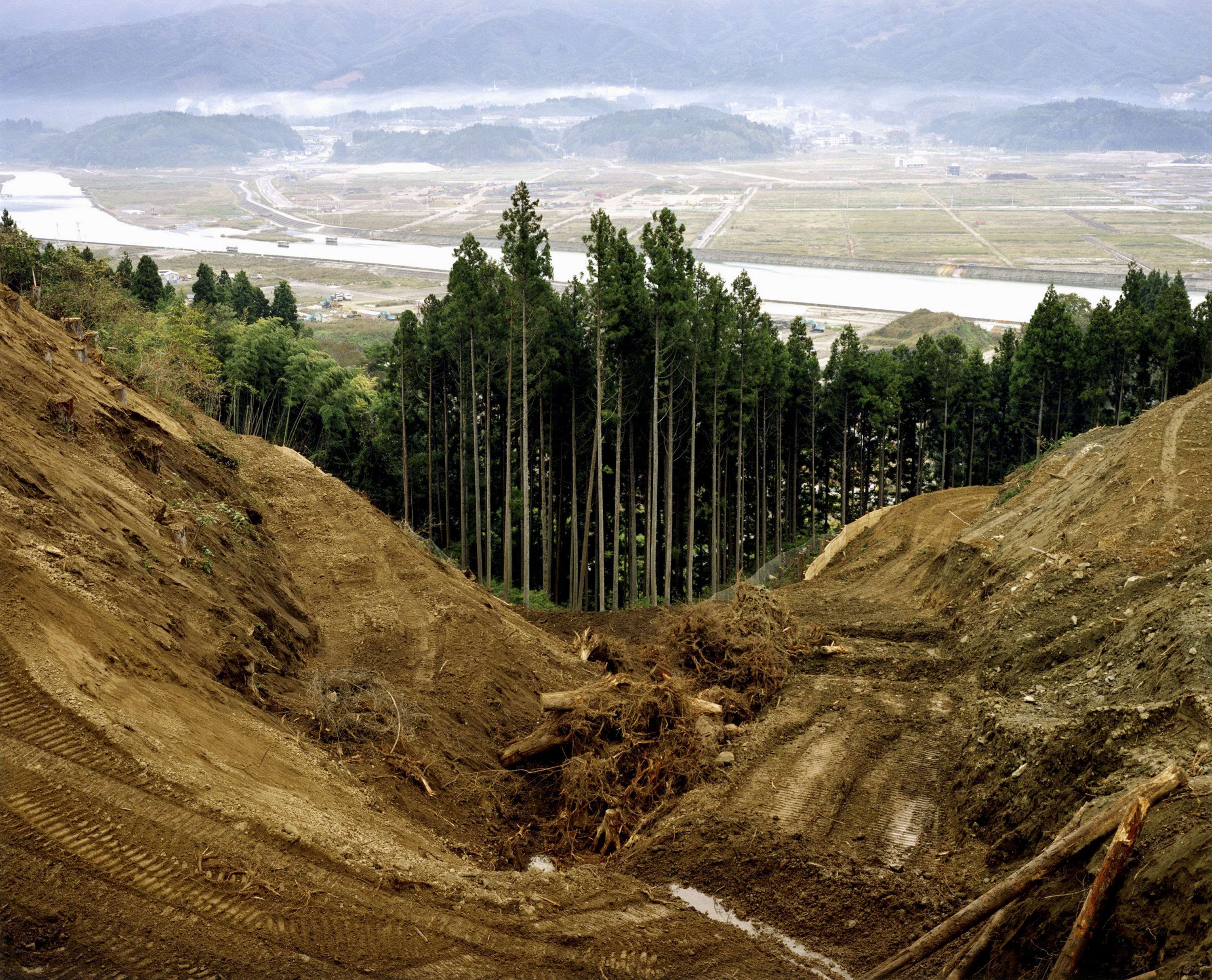
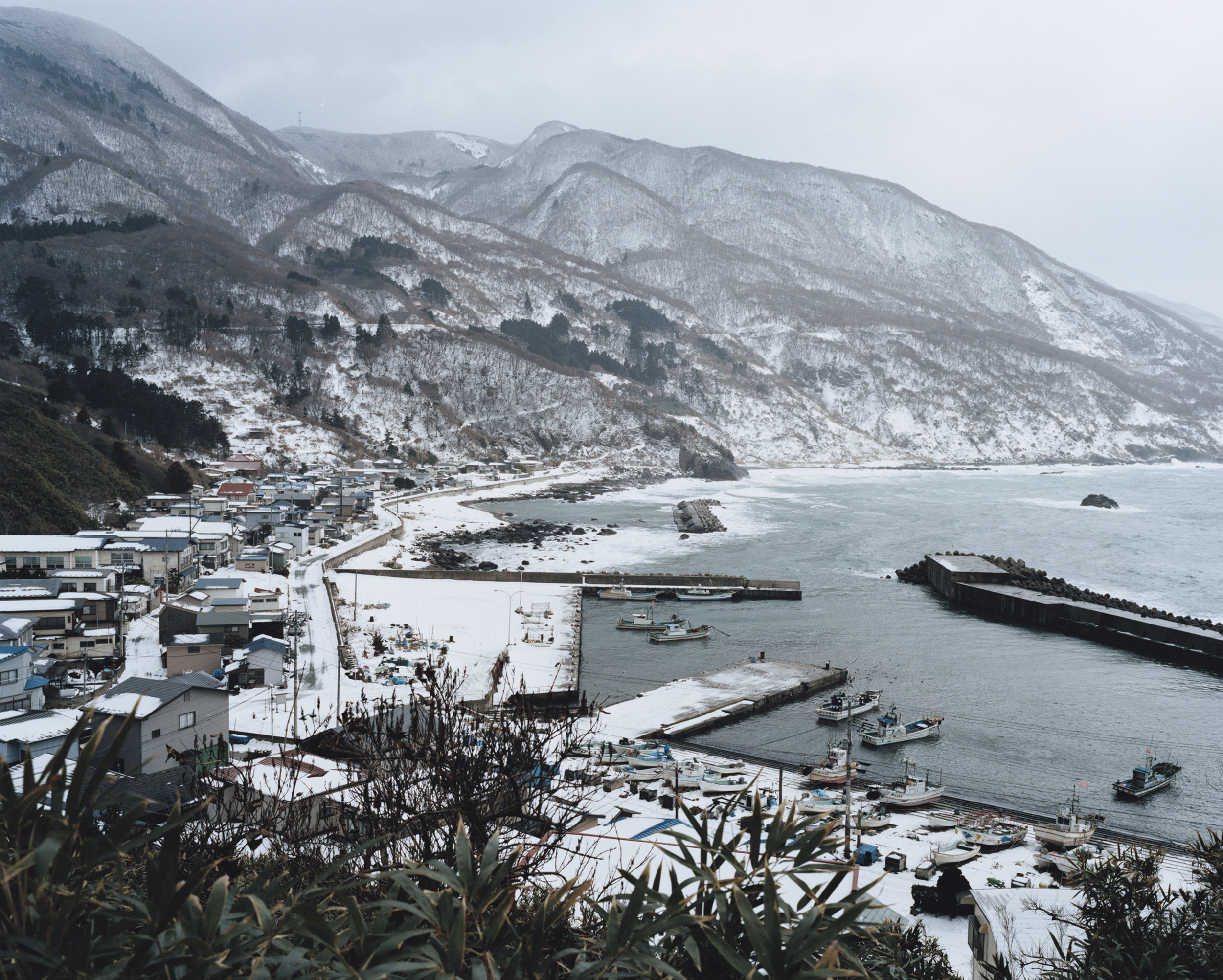
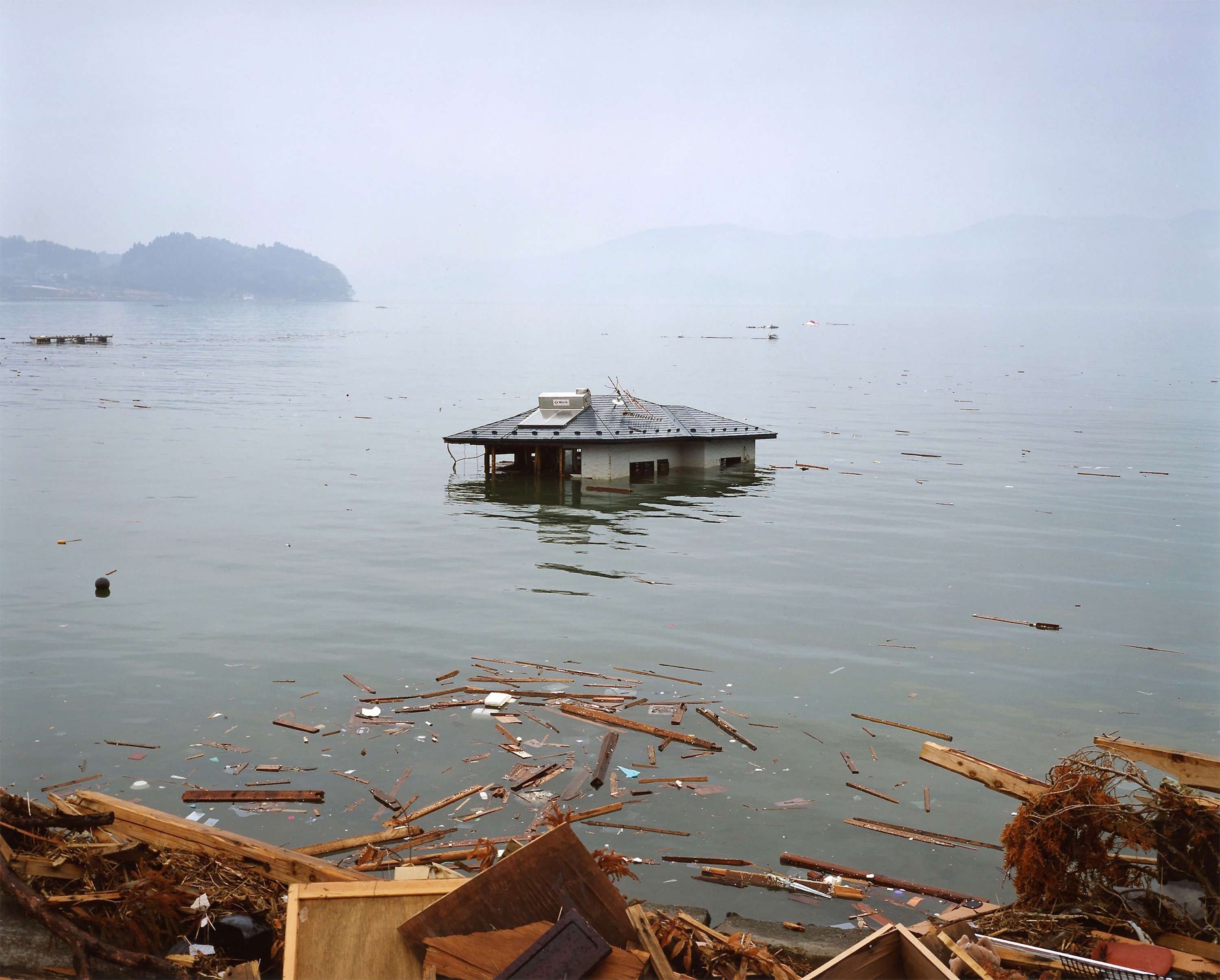
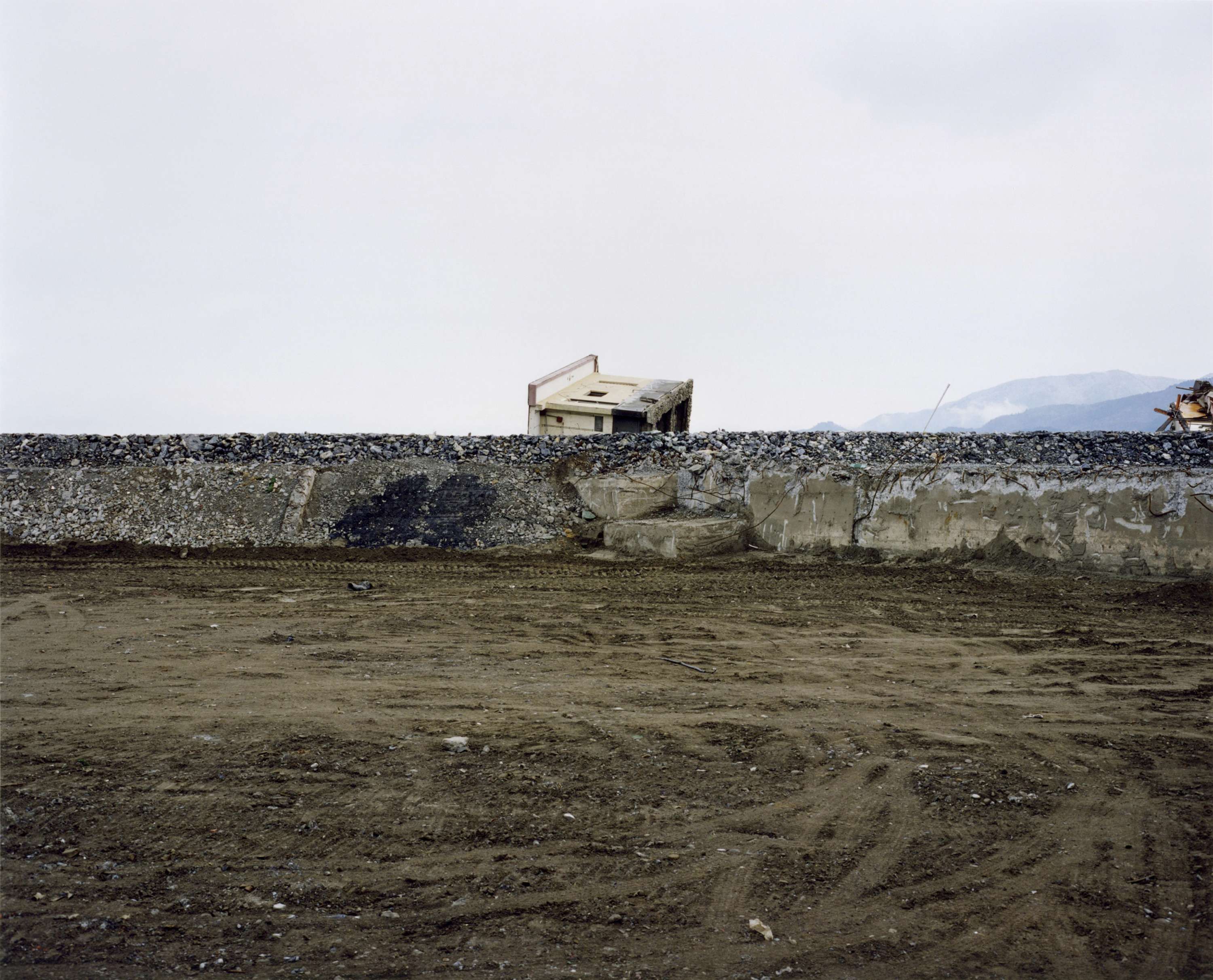
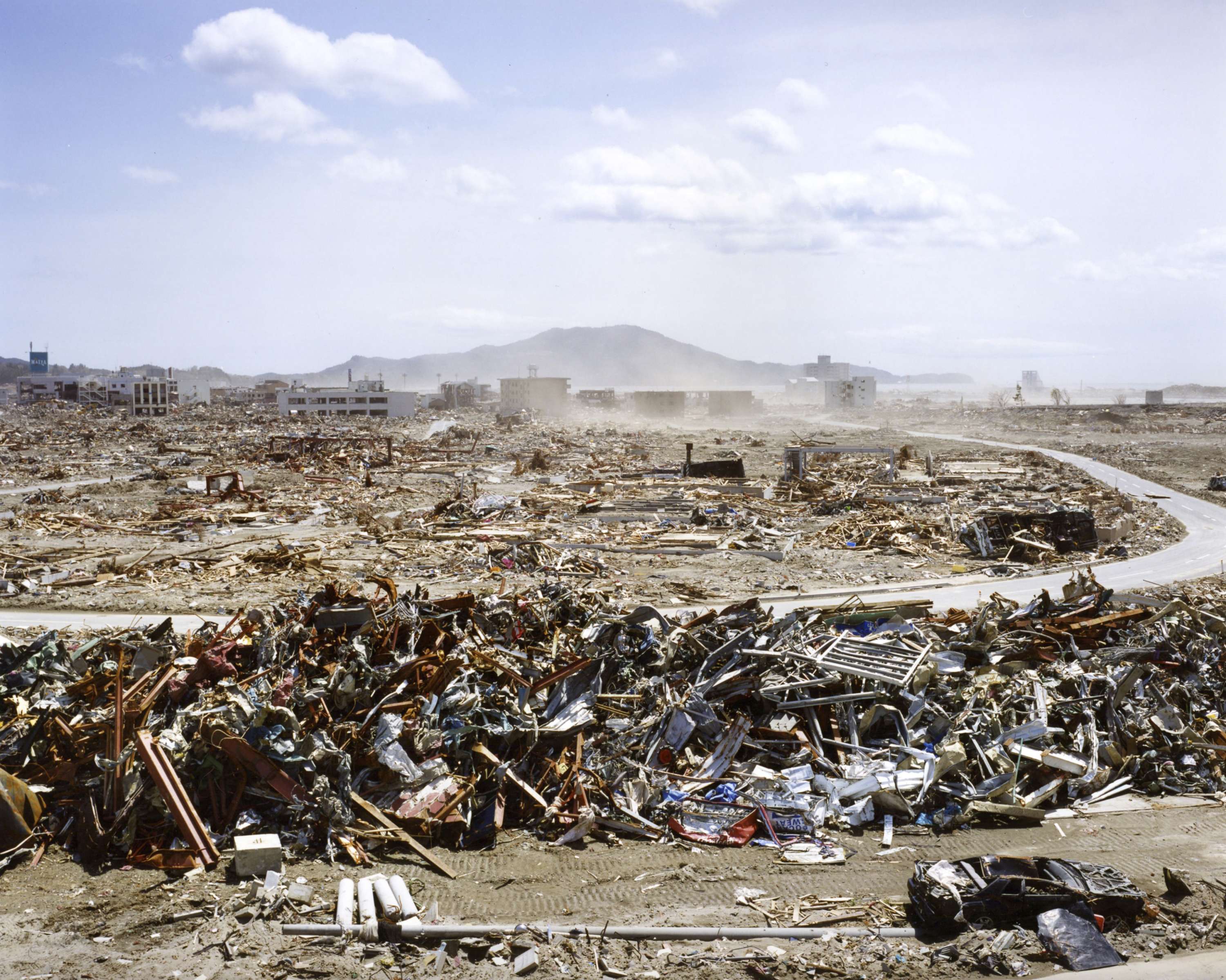
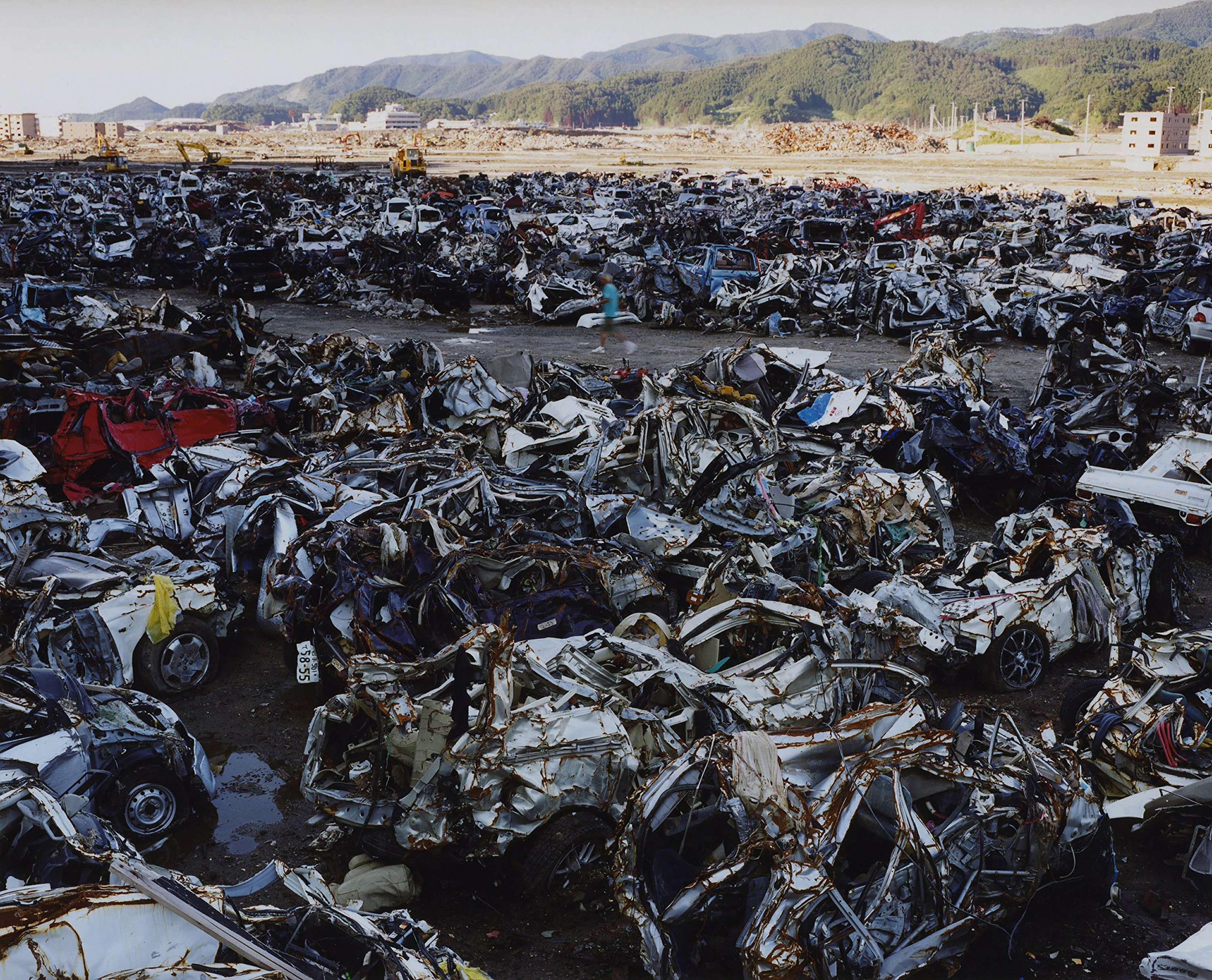
Lieu: Rikuzentakata, Japan
Gallery: KADIST, Paris
Publié: Mai 2019
Catégorie: Photographie
Source